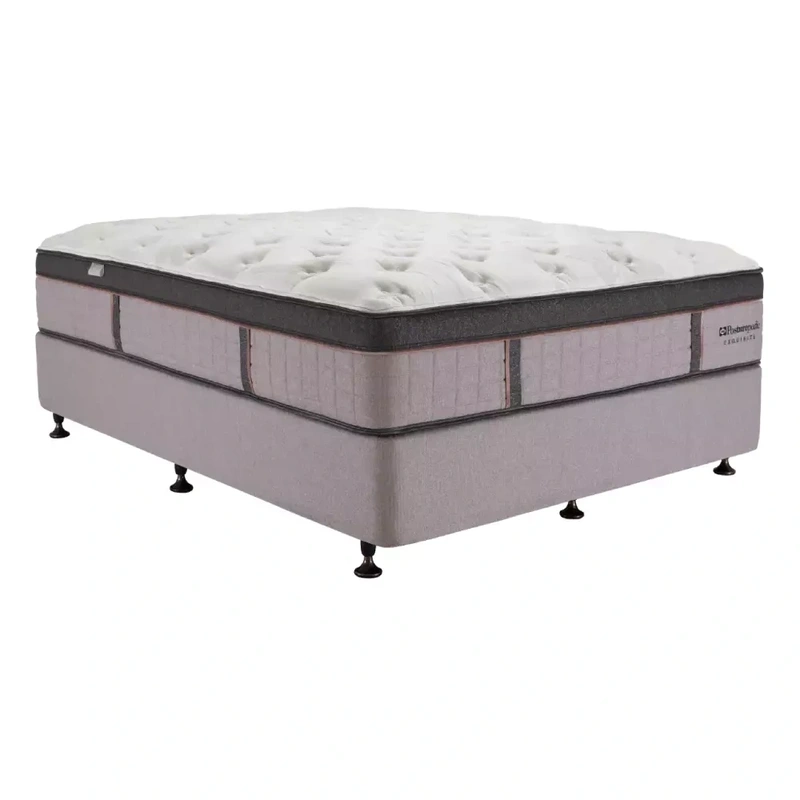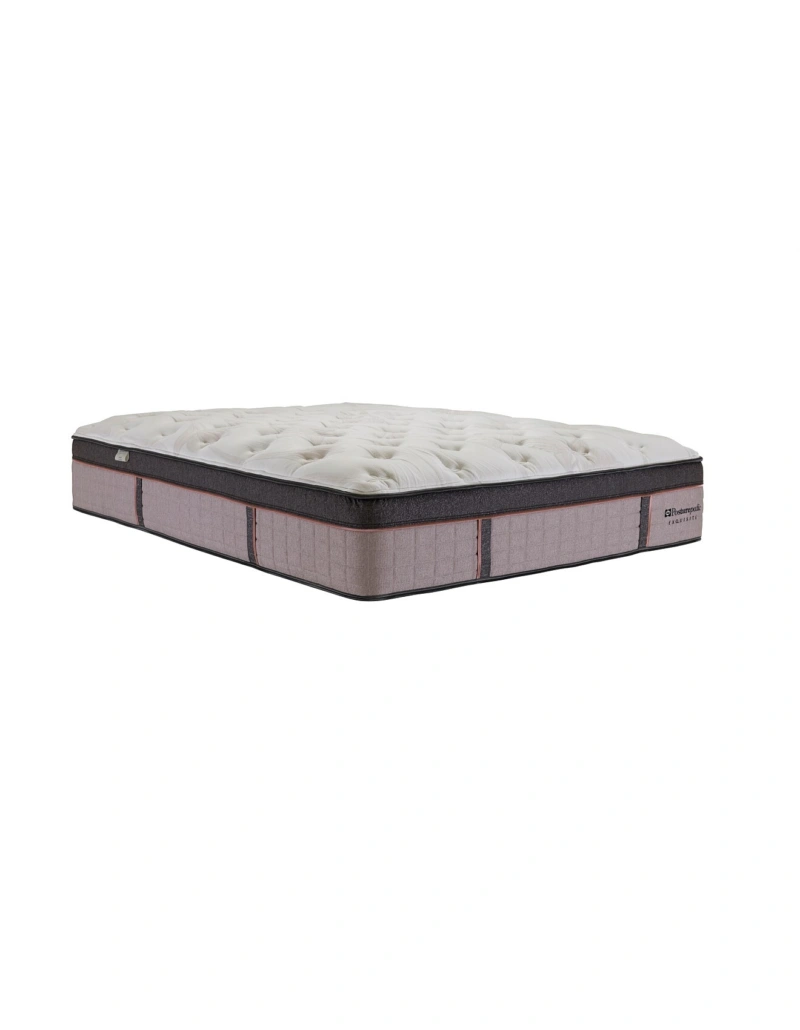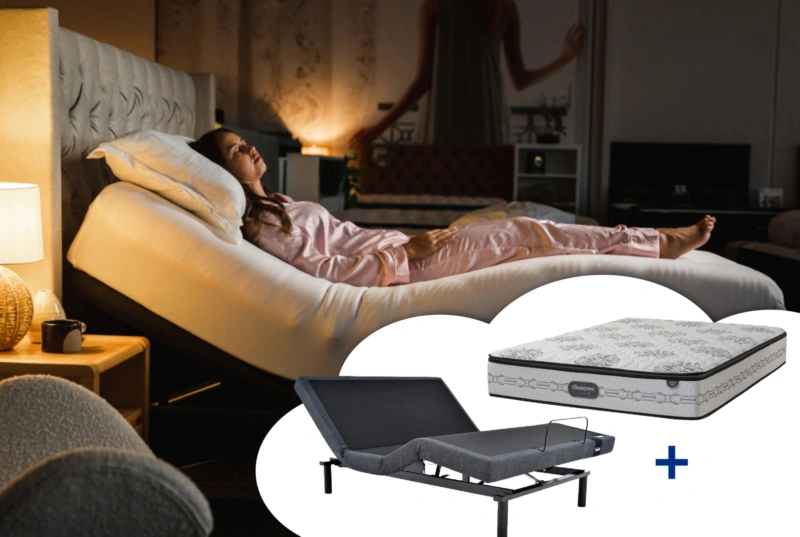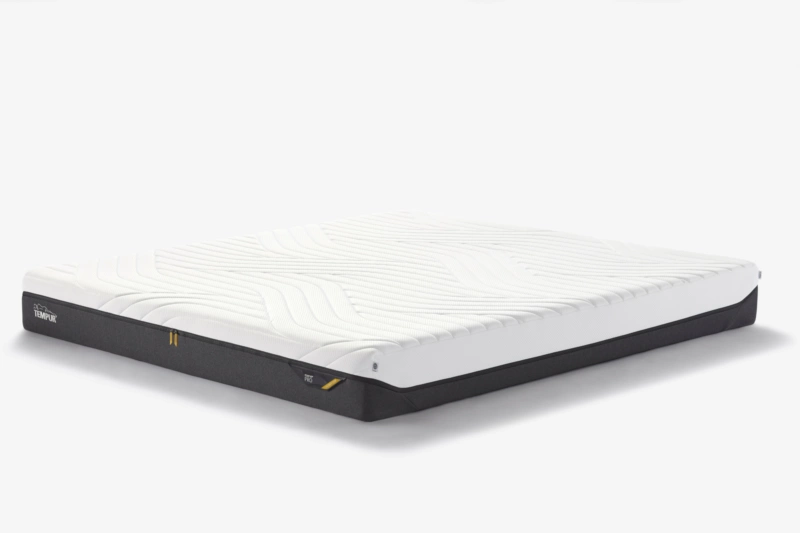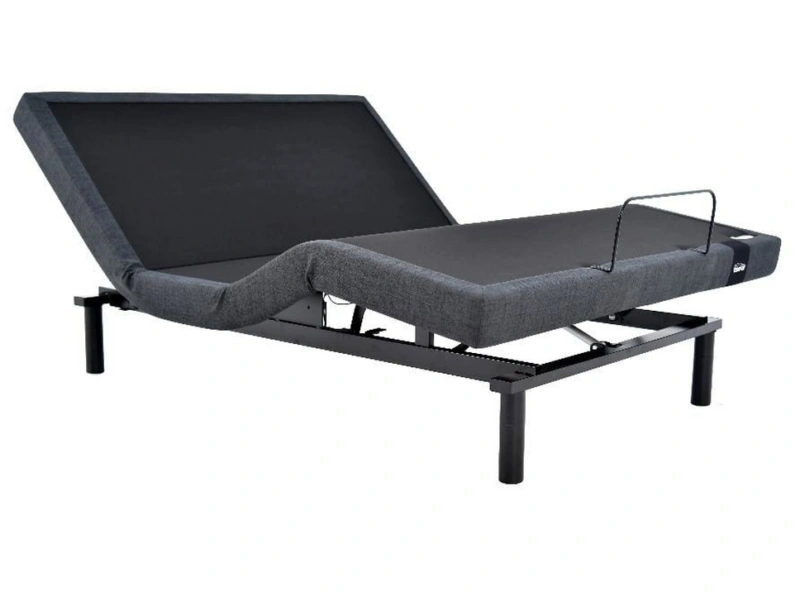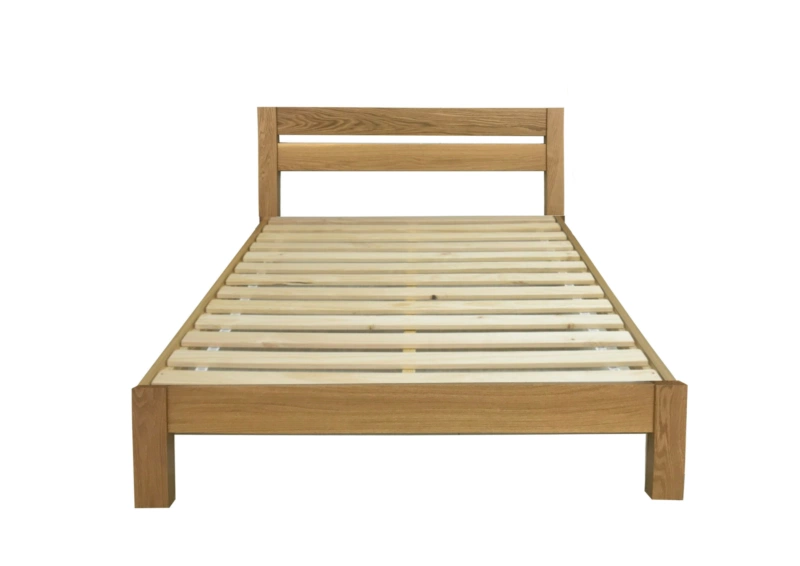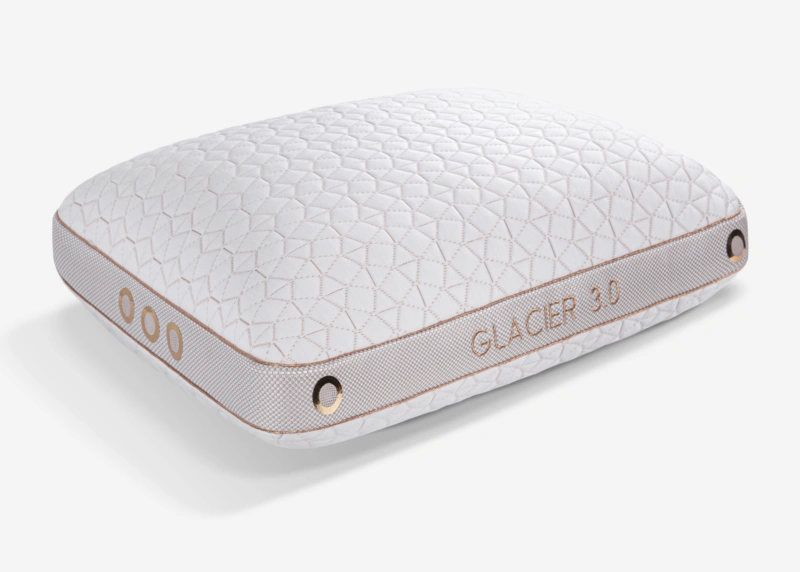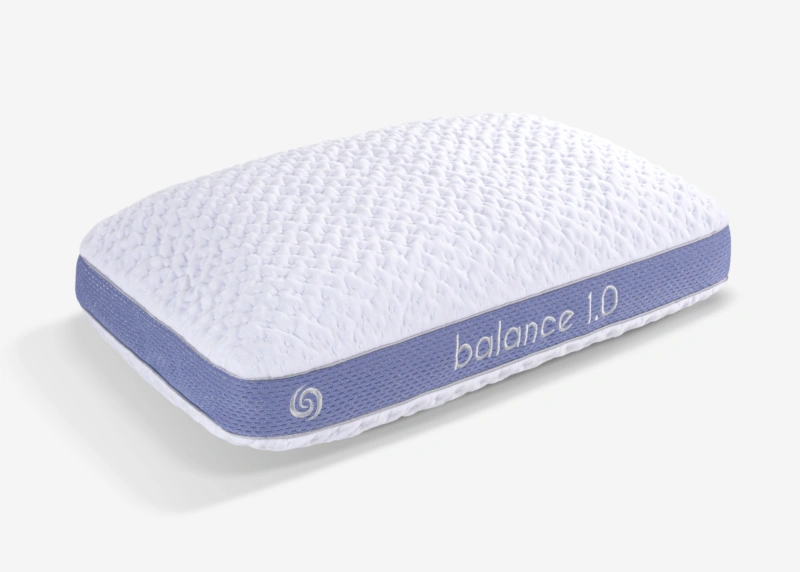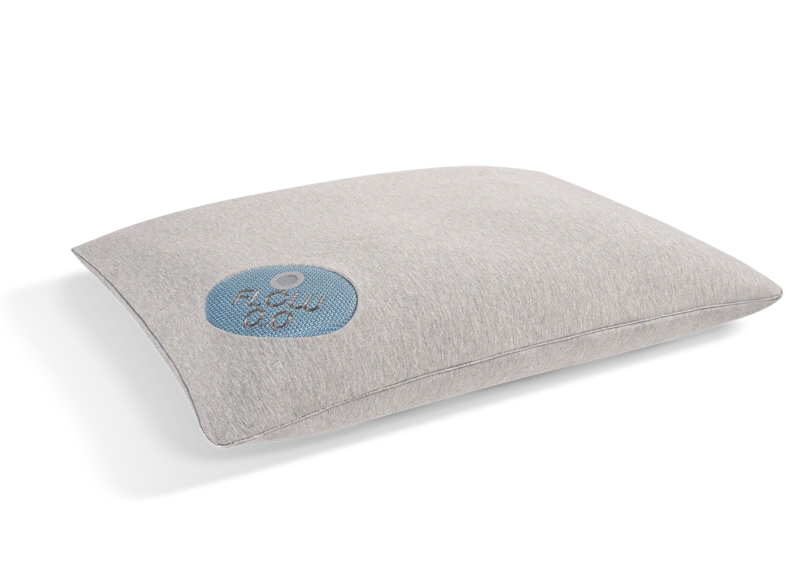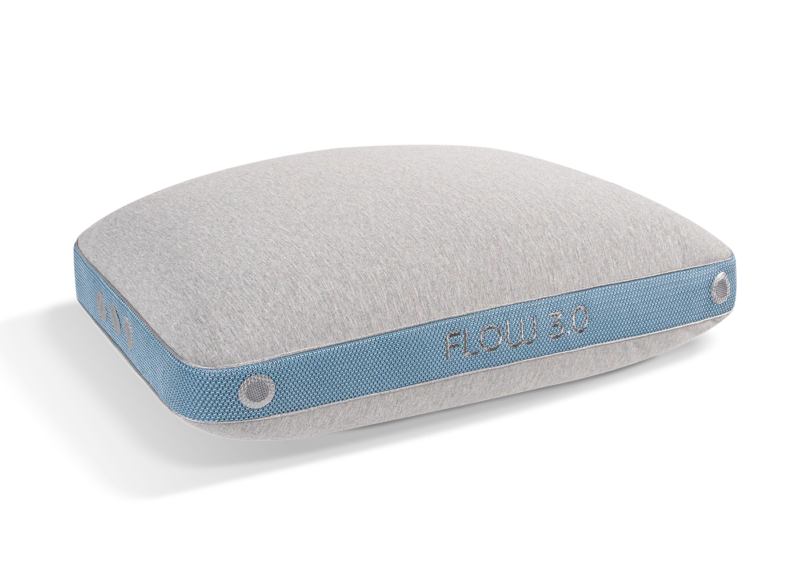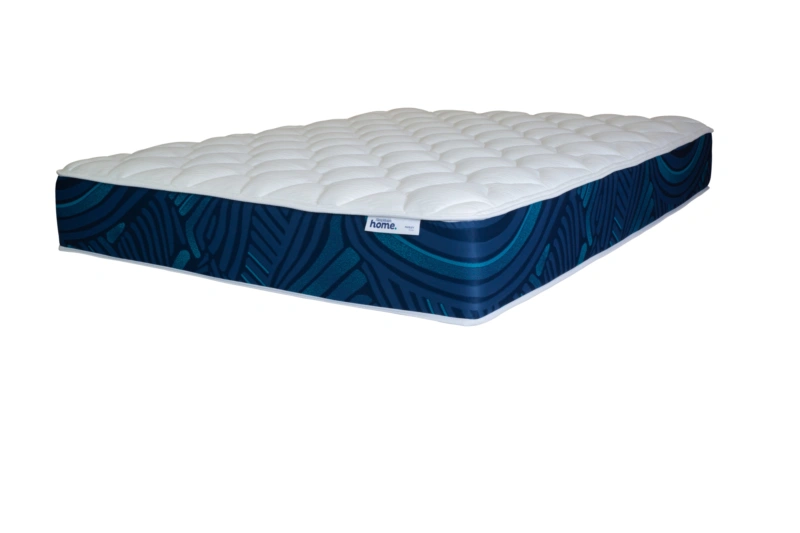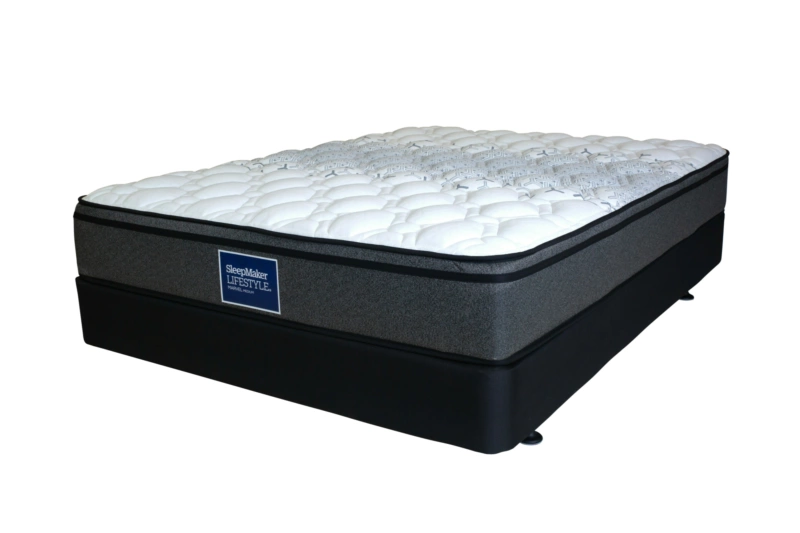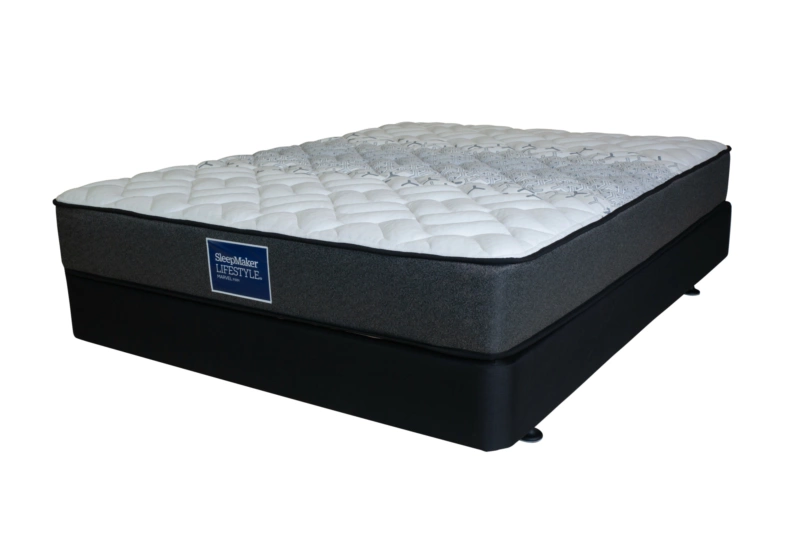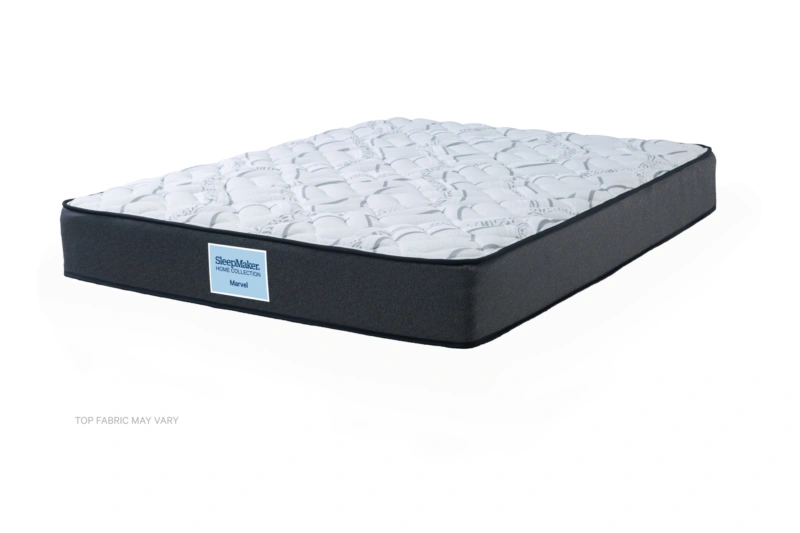
The Mattress Myths You Need to Stop Believing
Ever walked into a mattress store and felt totally lost? One mattress is too soft, the other is too firm, and suddenly you're wondering if you’ve even slept properly for the last five years. Understanding what actually makes a good mattress is key to a good night’s sleep.
At Bedpost, we've been helping Kiwis find the right mattress for years, making sure they know exactly what (and what not) to look for. In this article, we're going to bust the mattress myths you need to stop believing!
Myth 1: A Firm Mattress Is Always Better for Your Back
It feels like this myth has been around forever. But here’s the truth: a mattress doesn’t have to be rock-solid to be good for you. Your body type, sleeping position, and personal comfort all play a huge role in finding the perfect mattress. For example, side sleepers often need softer options, like plush foam or memory foam mattresses, to cradle their shoulders and hips.
Not sure what kind of sleeper you are? Play it safe and go for the middle ground. A medium-firm mattress is usually a solid choice. It gives your spine the support it needs without feeling like you’re trying to catch some Z's on a concrete slab.
Myth 2: You Should Replace Your Mattress Every 8 Years
You’ve probably heard that you should replace your mattress every eight years. While this can be a helpful guideline, it’s not a hard-and-fast rule. The actual lifespan of a mattress depends on a range of factors, including the type of mattress, the quality of materials, how it’s used, and how well it’s cared for.
Some mattresses may need replacing before eight years, while others could last well beyond that. The key is to pay attention to the signs that your mattress is no longer performing as it should. Here are a few things to watch for:
Sagging or visible wear: If your mattress has dips, lumps, or uneven spots, it’s likely not providing the support you need.
Discomfort: If you wake up feeling stiff, sore, or unrested, your mattress may not be offering proper spinal alignment or pressure relief.
Partner disturbance: Feeling every movement your partner makes? This could mean your mattress has lost its ability to isolate motion effectively.
Allergies or odours: Over time, mattresses can accumulate dust mites, allergens, and other debris, especially if not cleaned regularly. If you’re waking up stuffy or noticing odours, it might be time for an upgrade.
Age and usage: If your mattress has been heavily used, like a child’s mattress that’s seen years of jumping and pillow fights, it may wear out faster than one that’s been gently used.
Instead of relying on a generic timeline, keep an eye on how your mattress feels and looks. When it stops providing the comfort and support you need, it’s time to consider replacing it, regardless of its age.
Myth 3: All Memory Foam Mattresses Sleep Hot
Alright, you’ve probably heard the horror stories of people trying out memory foam mattresses and waking up in a puddle of sweat. That may have been true… like 20 years ago. But things have moved on! These days, memory foam has had a bit of a glow-up. You’ve got gel-infused foams, breathable designs, and fancy layers that stop it from trapping heat like an oven. It’s not the sweaty nightmare you’re picturing.
But, if you’re one of those people who feels hot just thinking about summer, don’t worry. There are tricks to staying cool. Go for breathable sheets, like cotton or bamboo. You can also throw on a cooling mattress topper if you need an extra layer. And if you’re buying a new bed, check out hybrids with foam and pocket springs or something featuring extra cooling tech.
Myth 4: Expensive Mattresses Are Always Better
Let’s get one thing straight: just because a mattress costs more than your car doesn’t mean it’s automatically better. Sure, price can be a sign of quality, but it’s not the whole story. Here’s what actually bumps up the price:
materials, like latex layers, pocket springs, or high-end memory foam
craftsmanship (some mattresses are simply built different)
a big-name logo slapped on the tag
Basically, we're trying to say that you don't need to fork out thousands for a top-tier king single of some mammoth brand when a regular-price mattress with all the same technologies and comforts is sitting right next to it!
Myth 5: You Can Judge a Mattress by Lying on It for a Few Minutes
It might surprise you to know that spending a few awkward minutes on a bed, fully clothed, under bright lights in a bed store, isn’t exactly the same as eight hours of actual sleep? For this exact reason, many companies allow you to take a mattress for a test spin, which we highly recommend.
If you’re taking a mattress for a trial run, here’s some advice:
Pay attention to how you feel when you wake up: Sore back or stiff neck? That’s a no-go.
Test it in your usual sleep positions: Side, back, starfish—whatever works for you.
See how it handles heat: If you’re waking up sweaty, it might not have the breathability you need.
Myth 6: Mattresses Don’t Need Maintenance
If something is maintenance free, it's usually too good to be true. Everything requires a little bit of tender loving care, especially something you practically spend a third of your life on.
Fortunately, giving your mattress some TLC isn't as hard as you might think. Here are some easy tips to make it last longer and stay comfy:
use a mattress protector
clean it regularly
rotate or flip it (if it’s the kind of mattress that can be flipped)
air it out
Quality Mattresses NZ
Alright, myths busted! The big takeaway? Don’t get caught up in the hype of big brands, mega price tags, and false mattress rules! If you’re ready to upgrade, Bedpost has a huge range of high-quality, affordable mattresses and bed frames that our customers across New Zealand trust. From memory foam to pocket springs and queen mattresses to super king mattresses, there’s something for every sleeper and budget.

